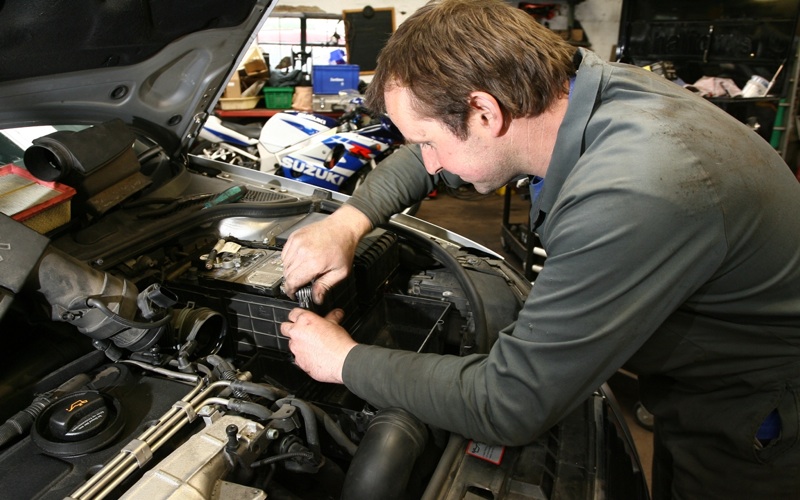Looking to get your young workers out on the road? Here’s how to make it affordable.
The aftermarket supports youth employment. It’s great for the industry and even better for the people being given their opportunity in a thriving work environment. If you run a business that employs young people, and require them to drive for business, you will need to consider what ramifications that has for your insurance programme.
In times of financial uncertainty, sourcing competitive rates from your suppliers is paramount. Unfortunately, adding young drivers to your motor trade or fleet insurance policy makes you less attractive to insurers. After all, it’s no secret the insurance industry doesn’t have a favourable view of covering young drivers, which can lead to eye-watering premiums for you, and even a refusal to cover those drivers at all.
However, this doesn’t have to be the case. In fact, with a bit of planning and tweaking to the way you manage your vehicles and drivers, it’s possible to manage your premiums and still give your young employees the opportunity to build their careers in a driving role.
Restrict vehicle usage
Allowing your drivers to take vehicles home can help mitigate the risks involved with having all your vehicles stored in one place and act as a significant employee benefit. But it also increases the risk of incident in the eyes of insurance companies, especially if social use is permitted. Consider restricting this access to older and more experienced drivers only and exclude social use if you can.
With night driving considered another risk factor you could restrict your younger drivers from using your vehicles during the hours of darkness.
Consider your excess
Most insurers will insist on a higher excess if a driver has held their license for less than 12 months, though some specialist policies will negate this. Increased excesses can also apply to drivers under 25.
However, you can also voluntarily increase your policy’s standard excess, which may lower your premiums. This works particularly well if you generally don’t claim for minor damage. Some companies also make employees liable for any excess charges that might occur, to offset the potentially increased costs of repairs.
Monitor with telemetry
Driver training courses can give younger, less experienced drivers a better understanding of safe and responsible motoring, and can count in your favour when it comes to calculating premiums.
Fitting cameras and telematics can also help reduce insurance costs. In fact, the simple presence of a camera has been proven to improve people’s driving style. Telematic data can even be used to form a league table for your drivers, and create a bonus structure that rewards good driving.
Disciplinary process
Do you have a robust disciplinary process for your drivers? One where they can be taken off the road whilst a situation or concern is resolved? If not, we’d recommend one is implemented. Being able to demonstrate you have policies like this in place demonstrates to insurers you are taking the necessary steps to mitigate risk, a key factor when looking to reduce premiums.
Article by Joe Howard, Associate Director at Norwich-based insurance firm Hugh J Boswell













Go to comments